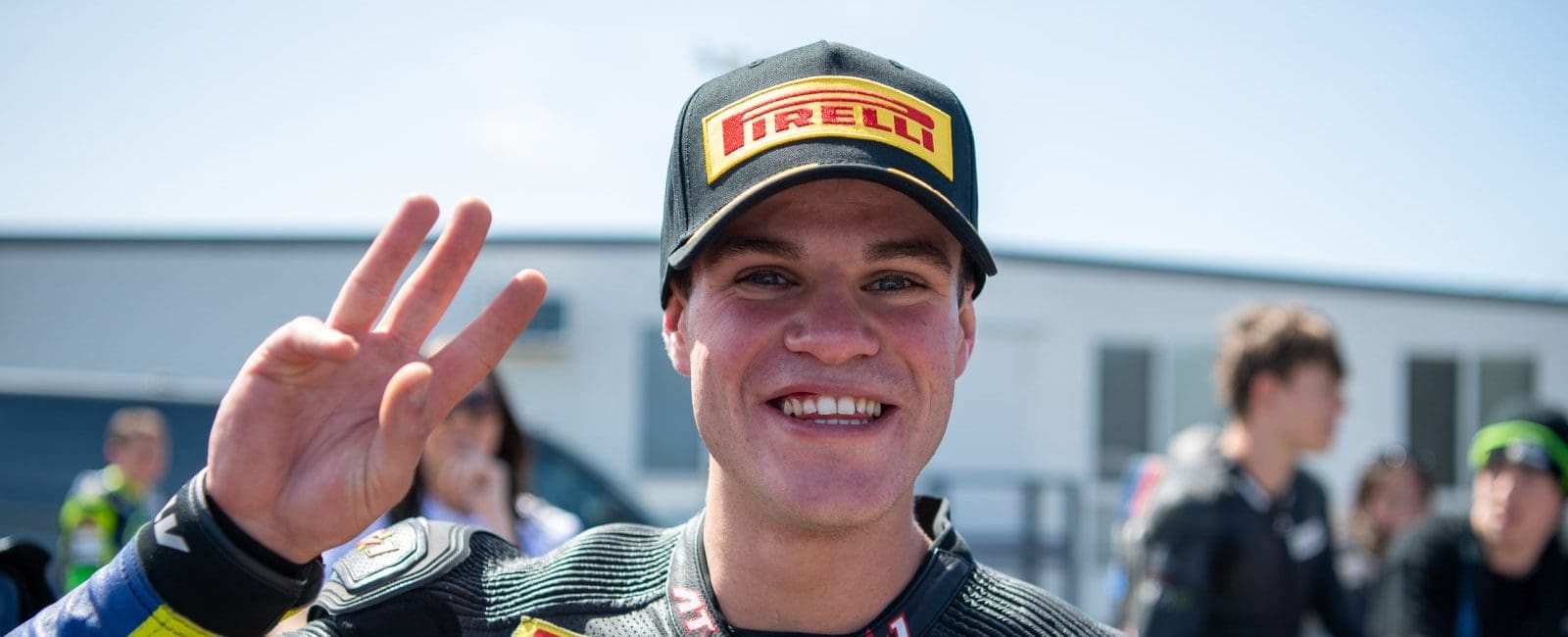“You find Ducatis in the most unusual places,” I told my dining companion in Phuket a week or so ago. “Five years ago I was travelling down the Irrawaddy River and was amazed to see a Ducati Monster being ridden down the main street of Mandalay.”
“Oh, we have a Ducati dealership there now,” was the reply.
I was speaking to one of Ducati’s Thailand-based executives at the Asia-Pacific launch of the 2019 Scramber 800cc range but I still found this almost inconceivable. Mandalay is the second-largest city in Burma (the country’s democracy movement prefers to call it Burma rather than Myanmar because they do not accept the legitimacy of the unelected ruling military regime which changed the name).
Mythical Mandalay is considered the centre of Burmese culture. It has seduced many Westerners, including Rudyard Kipling and George Orwell. Orwell was a 19-year-old policeman in Mandalay before he wrote Animal Farm and 1984. Both these powerful novels struck a chord with many Seventies longhairs who discovered them lying forgotten in their parents’ bookshelves.
Mandalay had changed significantly in just a few years before I arrived there. The long-standing curfew had been lifted, tourists were welcomed (but only if part of an official tour group) and locals were being mechanised by an influx of Chinese motorcycles.
You could buy a brand-new Chinese scooter there for around $400 and thousands of these were jostling for position on the dusty streets with cyclists and carts hauled by oxen.
If you went there now you’d see way more change. The Ducati dealership, opened in Mandalay last April, is just an example of Western-style prosperity sweeping one of the world’s least understood countries. New car dealerships there are as large as any in Sydney or Melbourne along with shopping malls and department stores. Next month legalised casino gambling starts in a bid to increase tourism (already seeing rolling annual growth of 20 percent) and attract more foreign investment.
But just a few hundred kilometres west, the conflict between government forces and Rohingya Muslims rages on. We can’t comprehend all this in our secure little lives in Australia. We think we are the centre of the universe but we are just bit players on the world stage of motorcycling.
Travel to any Asian country now and see the change in the demographic. A decade or so ago motorcycles were regarded as transport. They were overloaded and often had rickety sidecar frames stick-welded on to increase carrying capacity. Now they share the road with squadrons of performance sub-300cc sportsbikes, ridden by young fashionistas buzzing the traffic grid-lock in style.
The world’s major manufacturers are shifting their focus towards this emerging wealth of a new generation in Asia-Pacific. Australians benefit by a range of new, amazingly affordable and smaller models. The challenge here is to find similar young buyers. We seem to have missed a generation of riders who find motorcycling aspirational.
It’s hard to get your head around what is going on but we are not alone. Latest figures in the US confirm its market has halved since 2007 to less than 500,000 new motorcycles sold a year. It’s the same in the UK.
But in South Korea, which rose from the ashes of the 1950s Korean War to become one of Asia’s top economies, motorcycles are part of an ostentatious display of wealth. Rich South Koreans buy the latest Japanese or European sportsbikes, but never to be ridden, just displayed like an artwork,.
Meanwhile over in India, while total sales are north of 17 million sales a year, the prestige end is tiny. But it’s large enough for Ducati to have nine dealerships scattered across a population of 1.3 billion.
Makes you think, doesn’t it, how we fit into all this?
By Hamish Cooper
Why didn’t the Ducati dealership set up in Yangoon, Burma’s commercial hub? Because motorcycles have been banned there since 2003 after riders were linked to anti-government protests.












